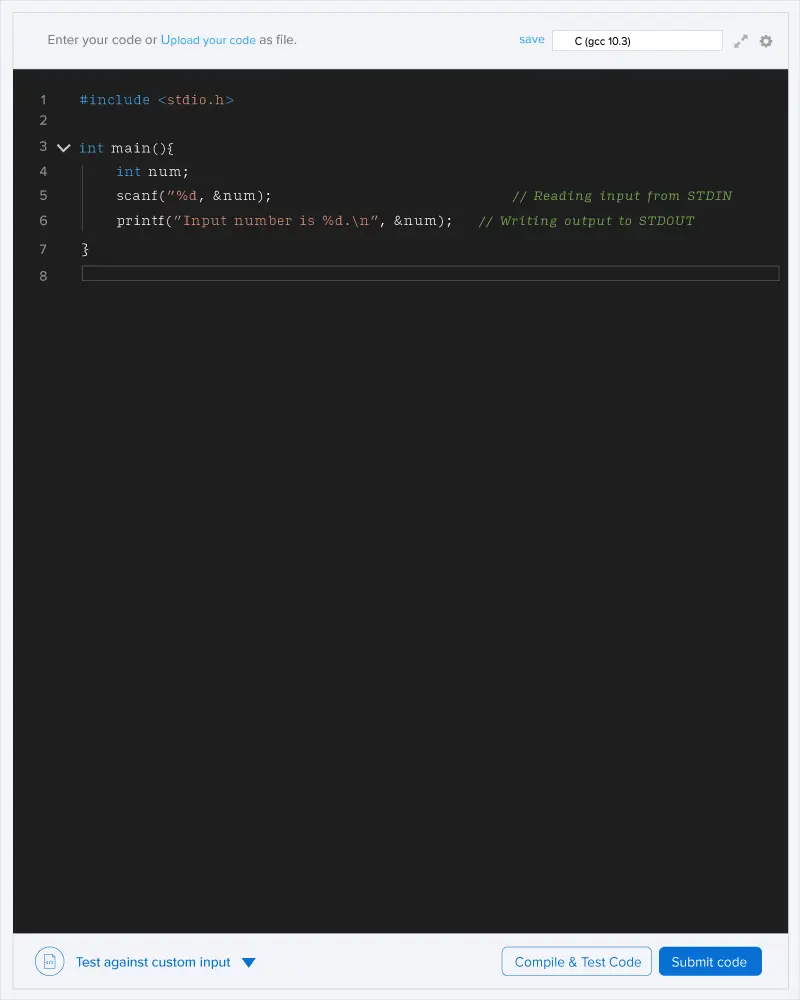John wants to cover his yard floor with mosaics. The yard floor is a n×m matrix and each cell is either a mosaic or a hole. John has invented a flipper machine. This machine has a size of k and can select a k×k square of the yard and flip the cells in it. By this action, every hole in the square becomes a mosaic and every mosaic in the square becomes a hole. It is illustrated by the following example:

The 2×2 square on the left has been flipped to the right one by the flipper with the size 2 and blacks are holes and whites are mosaics.
Help John to cover the floor of the yard completely by mosaics by using this machine. In each step, John selects a k×k square of the yard floor and sets the machine on it. He wants to compute the minimum steps needed to repair the yard floor.
Input Format
- First line: Three integers n,m,k (1≤n,m≤1000,1≤k≤min(n,m)), where n is the number of matrix rows, m as the number of matrix columns, and k as the size of the flipper machine.
- Next n lines: Each line will contain m integer 0 or 1 with space in between the consecutive one.
- This n lines are the data of the yard floor matrix, 1 indicates that the cell is mosaic and 0 indicates that the cell is a hole.
Output format
Print an integer denoting the minimum number of steps needed to repair the yard floor or -1 if it is impossible to repair the yard floor with this machine.
we can repair the yard by 2 steps as shown below.

you can see more sample tests here!
| Sample Input | Sample output |
|
3 3 2 0 0 0 0 1 0 0 0 0 |
-1
|
|
2 2 1 0 0 0 0 |
4
|

